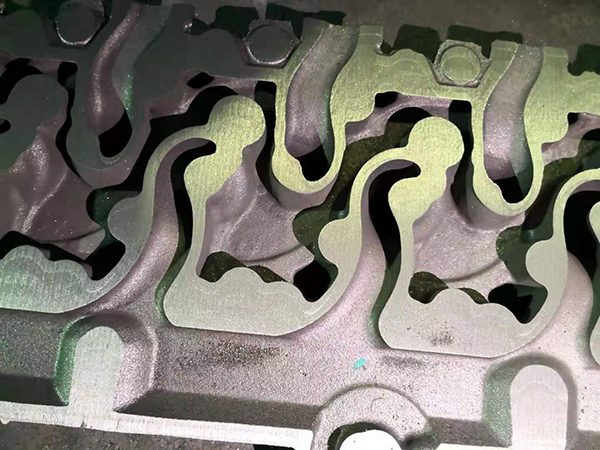Lost Foam Sand Casting An Innovative Approach to Metal Casting
Lost foam sand casting is a modern manufacturing process that has gained significant traction in various industries due to its unique advantages and efficiency. This method offers a seamless integration of design and production, making it a popular choice for creating complex metal components with intricate geometries.
What is Lost Foam Sand Casting?
The lost foam sand casting process involves creating a foam pattern of the desired part, which is then coated in a sand mixture and subjected to heat. Unlike traditional casting methods that use solid patterns, lost foam utilizes the foam's lightweight and precision characteristics, making it possible to produce highly detailed components. Here’s a step-by-step breakdown of the process
1. Pattern Creation A foam pattern of the desired metal part is manufactured, usually made of expanded polystyrene (EPS) or similar materials. This pattern is an exact replica, allowing for high fidelity in the completed cast product.
2. Coating and Compaction The foam pattern is then coated with a mixture of sand and a bonding agent. This coating process involves compacting the sand around the foam pattern to create a mold. The sand must be dense enough to withstand the molten metal being poured.
3. Mold Assembly After the sand has been compacted, the mold halves are assembled. At this point, air vents are included to allow steam and gases to escape during the casting process.
4. Melting and Pouring The foam pattern is then removed through vaporization when the molten metal is poured into the mold. The heat from the metal causes the foam to evaporate, leaving behind a cavity that conforms perfectly to the original pattern.
5. Cooling and Finishing Once the molten metal has cooled and solidified, the sand mold is broken away to reveal the finished casting. Further finishing processes, such as machining or polishing, may be applied to achieve the desired surface finish and dimensional accuracy.
Advantages of Lost Foam Sand Casting
lost foam sand casting

The lost foam sand casting method offers several advantages over traditional casting techniques
- Complex Geometries The process allows for the creation of highly intricate shapes that would be difficult or impossible to achieve using conventional methods
.- Reduced Material Waste Since the foam pattern evaporates, there’s little to no leftover material, which minimizes waste and contributes to a more sustainable manufacturing process.
- Cost-Effectiveness The process can be more economical for small to medium production runs, especially when the lead times for creating patterns are considered.
- Improved Surface Finish The precision of the foam pattern leads to a superior surface finish compared to other methods, thus reducing the need for extensive post-casting machining.
- Flexibility in Design The simplicity of creating foam patterns allows for easy customization and experimentation during the design phase.
Applications of Lost Foam Sand Casting
Lost foam sand casting is used in a wide range of industries, including automotive, aerospace, and consumer goods. Its ability to produce complex shapes and provide high precision is particularly valuable in sectors where performance and reliability are critical. For instance, in the automotive industry, lost foam casting is often used to produce engine components, transmission cases, and even intricate parts of suspension systems.
Conclusion
Lost foam sand casting stands out as a revolutionary method for producing metal parts in a cost-effective and efficient manner. Its unique ability to combine design flexibility with high production quality makes it an attractive option for manufacturers seeking to meet the demands of modern engineering challenges. As industries continue to evolve and push for lighter, stronger, and more intricate components, the lost foam sand casting process is likely to play a crucial role in the future of manufacturing, driving innovation and efficiency in a variety of applications.
Post time:Desemba . 18, 2024 09:10
Next:how to sand cast
